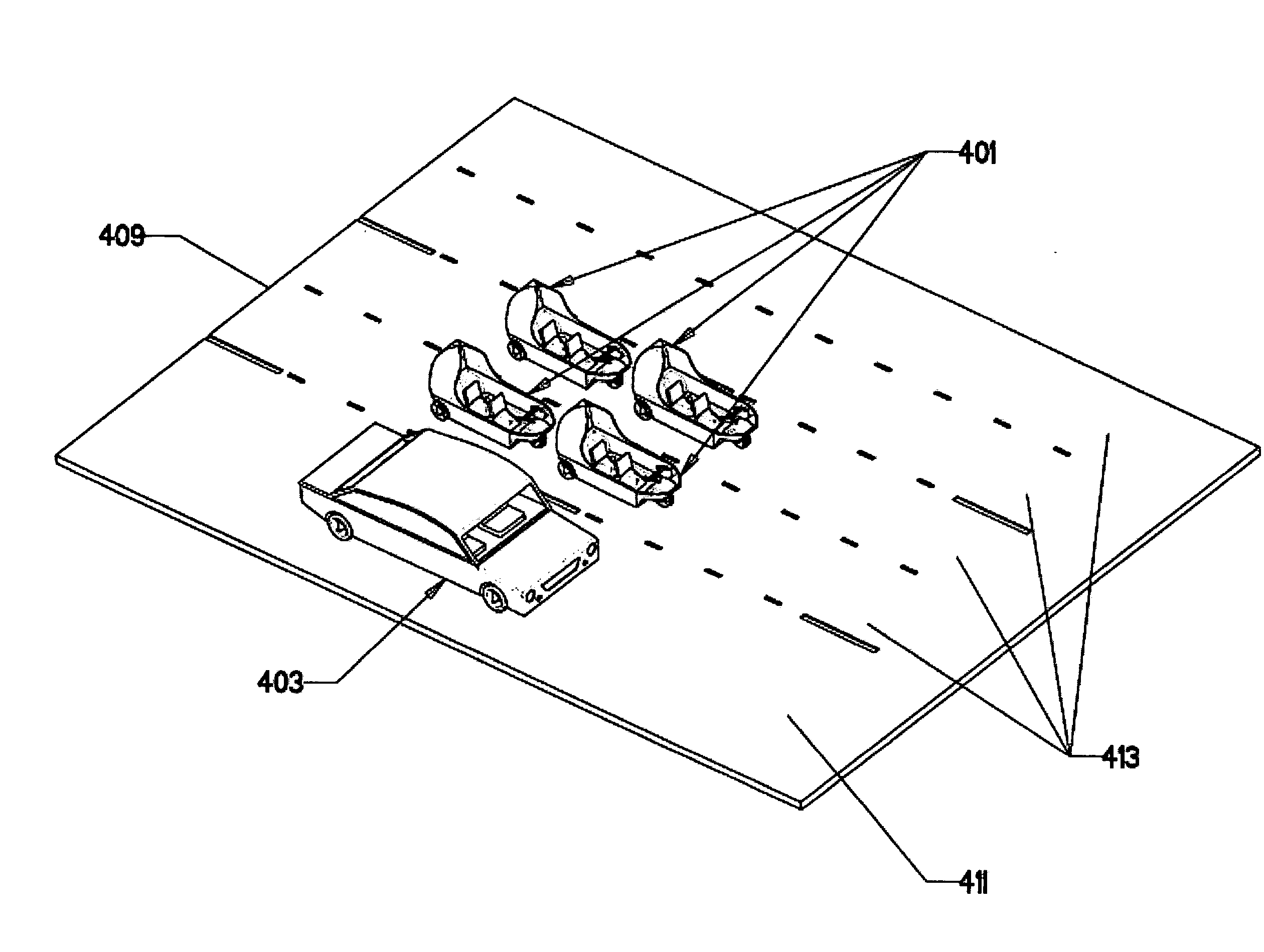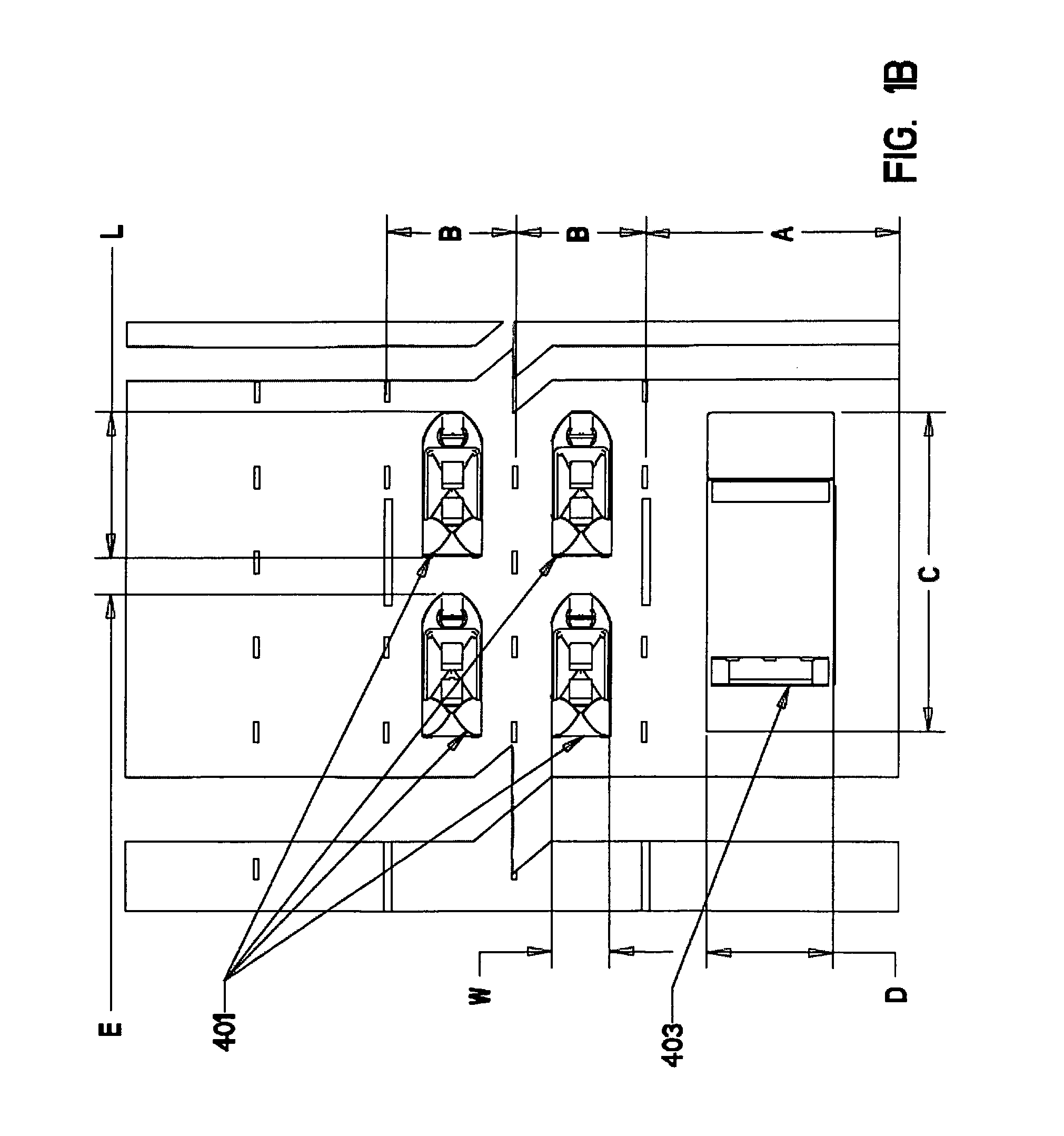Relieving Urban Traffic Congestion
a technology for urban traffic and congestion relief, applied in signalling/lighting devices, external condition input parameters, process and machine control, etc., can solve the problems of increasing traffic congestion, increasing traffic, and affecting more travel, so as to reduce congestion, increase the number of lanes, and increase fuel consumption
- Summary
- Abstract
- Description
- Claims
- Application Information
AI Technical Summary
Benefits of technology
Problems solved by technology
Method used
Image
Examples
Embodiment Construction
Preliminary Tests
[0058]In order to understand the traffic congestion problem, three types of simple tests were conducted for both freeways and local arterial streets. The first test was a 92.5-mile round trip on weekdays and weekends, during different months and weather condition over a span of three years. The roads used were TX-190 (East-West) and I-35 (North-South). The travel times for over 300 round trips were measured. In the morning, the trip started between 6:25 am and 6:30 am, and the return trip in the afternoon started between 4:15 pm and 4:30 pm. The morning trip consistently required 43 to 47 min during weekdays. The return trip consistently required at least 63 min. There were occasional incidental delays caused by accidents, disabled vehicles, Oklahoma University game traffic, or severe weather. On weekends, the trips consistently required 43 to 47 min each way.
[0059]The second test was a 32-mile round trip on local arterial streets with three lanes on each side. The ...
PUM
 Login to View More
Login to View More Abstract
Description
Claims
Application Information
 Login to View More
Login to View More - R&D
- Intellectual Property
- Life Sciences
- Materials
- Tech Scout
- Unparalleled Data Quality
- Higher Quality Content
- 60% Fewer Hallucinations
Browse by: Latest US Patents, China's latest patents, Technical Efficacy Thesaurus, Application Domain, Technology Topic, Popular Technical Reports.
© 2025 PatSnap. All rights reserved.Legal|Privacy policy|Modern Slavery Act Transparency Statement|Sitemap|About US| Contact US: help@patsnap.com



